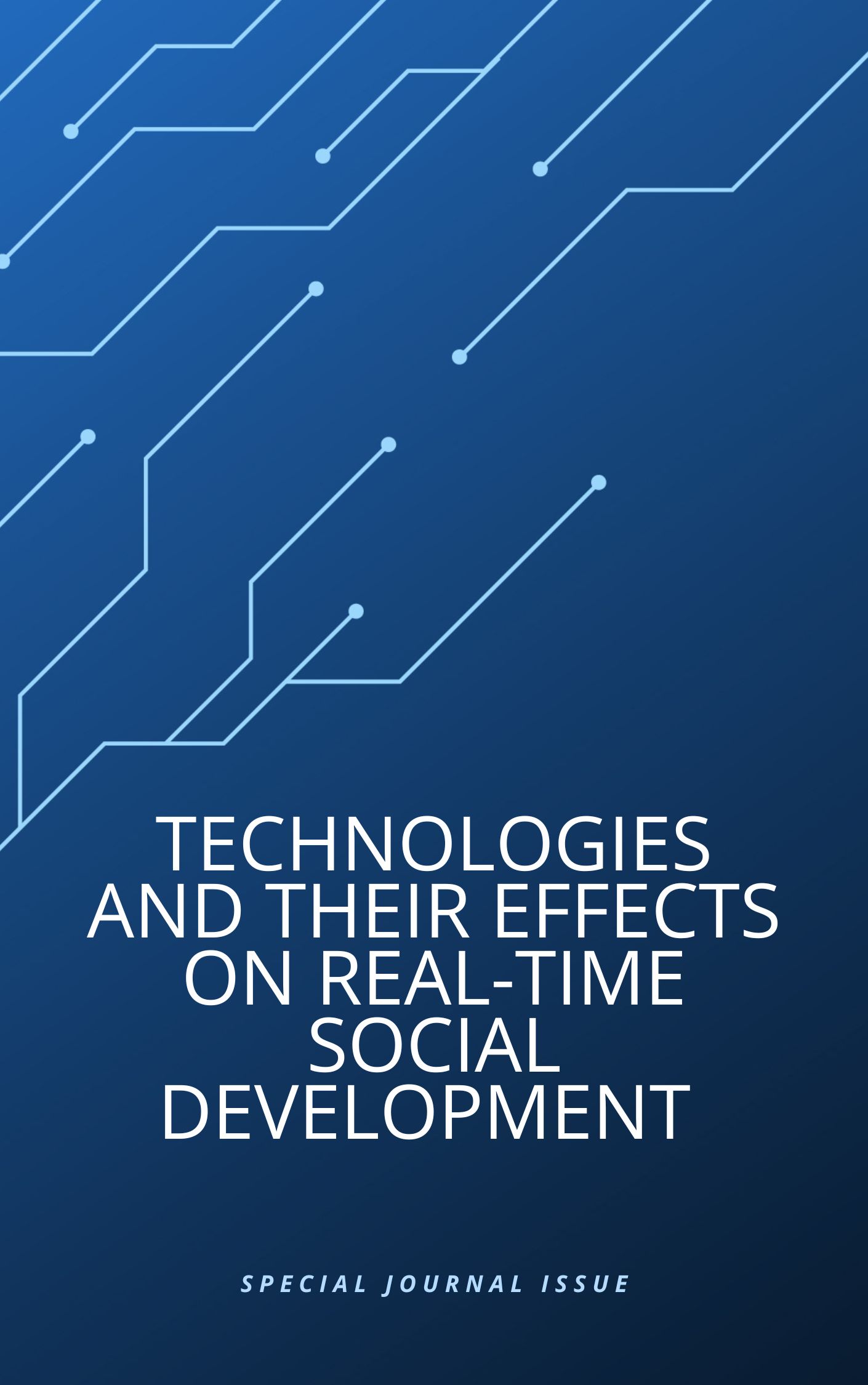Deep Learning based Attribute Identification for Deceit Prediction Using EEG Signal Analysis
Main Article Content
Abstract
Article Details

This work is licensed under a Creative Commons Attribution-NonCommercial 4.0 International License.
References
Akhavan A, Moradi MH, and Vand SR Subject- based discriminative sparse representation model for detection of concealed information Comput Methods Programs Biomed 2017 143 25-33.
Bablani A, Edla DR, and Tripathi D An efficient concealed information test: EEG feature extraction and ensemble classification for lie identification Mach Vis Appl 2019 30 5 813-832.
Gao J, Lu L, Yang Y, Yu G, Na L, and Rao N A novel concealed information test method based on independent component analysis and support vector machine ClinEEGNeurosci20124354-63.
Sung M, Kim Y (2020) Training spiking neural networkswithanadaptiveleakyintegrate-and-fire neuron.In:2020IEEEinternationalconferenceon consumer electronics-Asia (ICCE-Asia), pp. 1–2, IEEE.
Farwell LA and Donchin E The truth will out: interrogative polygraphy (‘lie detection’) with event-related brain Potentials Psychophysiology 1991285531-547.
Arasteh A, Moradi MH, and Janghorbani A A novel method based on empirical mode decomposition for P300-based detection of deceptionIEEE Trans Inf For Secur2016 11 11 2584-2593.
Gao J, Lu L, Yang Y, Yu G, Na L, Rao N (2012) A novel concealed information test method based on independent component analysis and support vector machine. Clin EEG Neurosci 43:54–63
Ghosh-Dastidar S, Adeli H. A new supervised learning algorithm for multiple spiking neural networks with application in epilepsy and seizure detection. Neural Netw. 2009;22(10):1419–1431.
Srinivasa Sai Abhijit Challapalli. Optimizing Dallas-Fort Worth Bus Transportation System Using Any Logic. Journal of Sensors, IoT & Health Sciences, 2024; 2(4): 40-55.
Jung TP et al. Removing electroencephalographic artifacts by blind source separation. Psychophysiology. 2000;37(2):163–178.
Li Y, Guo Y, Zhang S, Deng S, Hai Y, Gu S. Differentiable spike: rethinking gradient-descent for training spiking neural networks. Adv Neural Inf Process Syst. 2021;34:23426. 29
Srinivasa Sai Abhijit Challapalli. Sentiment Analysis of the Twitter Dataset for the Prediction of Sentiments. Journal of Sensors, IoT & Health Sciences, 2024; 2(4): 1-15.
Luo Y, Shen H, Cao X, Wang T, Feng Q, Tan Z. Conversion of Siamese networks to spiking neural networks for energy-efficient object tracking. Neural Comput Appl. 2022;34(12):9967–9982.
Meixner JB, Rosenfeld JP. A mock terrorism application of the P300-based concealed information test. Psychophysiology. 2011;48(2):149–154.
K. Vinay Kumar, Sumanaswini Palakurthy, Sri Harsha Balijadaddanala, Sharmila Reddy Pappula, & Anil Kumar Lavudya. Early Detection and Diagnosis of Oral Cancer Using Deep Neural Network. Journal of Computer Allied Intelligence, 2024; 2(2): 22-34.
Ramadan RA, Vasilakos AV. Brain computer interface: control signals review. Neurocomputing. 2017;223:26–44.
Rosenfeld JP, Labkovsky E, Winograd M, Lui MA, Vandenboom C, Chedid E. The complex trial protocol (CTP): a new, countermeasure-resistant, accurate, P300-based method for detection of concealed information. Psychophysiology. 2008;45(6):906–919.
